How Can You Visit Antarctica – The Ultimate Guide
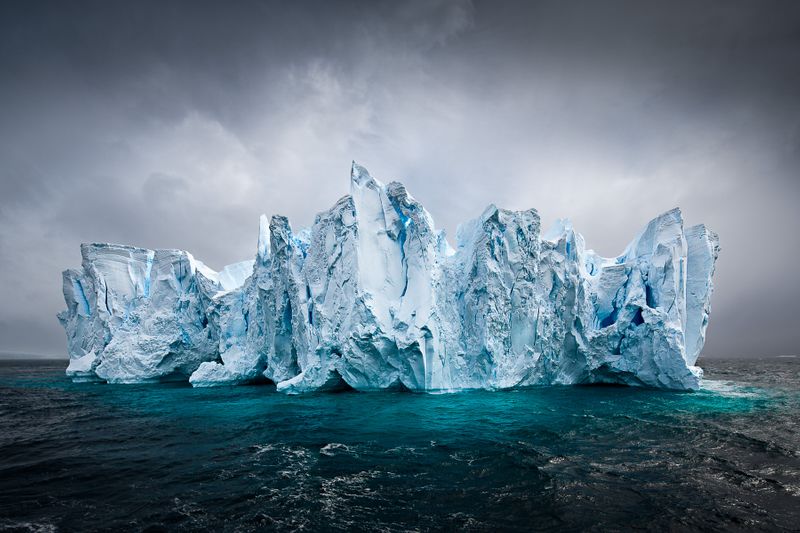
Visit Antarctica, the icy continent located at the southernmost part of the Earth. It remains one of the least explored destinations on the planet. With its vast untouched landscapes, pristine wildlife, and unique experiences, visiting Antarctica is a dream for many adventurers. However, due to its extreme weather conditions and remote location, planning a trip to Antarctica requires careful preparation and knowledge. In this ultimate guide, we will explore the various aspects including travel options, best time to visit, activities, wildlife encounters, and essential tips to make your journey to the White Continent unforgettable.
Table of Contents
- Choosing the Right Time to Visit Antarctica
- Determining the Ideal Duration for Your Antarctic Adventure
- Deciding on the Type of Antarctic Experience
- Understanding Travel Options to Antarctica
- Preparing for Antarctica: Essential Checklist
- Packing for the Extreme: What to Bring
- Navigating through the Drake Passage
- Exploring the Antarctic Peninsula
- Discovering Wildlife in Antarctica
- Participating in Exciting Activities on the Ice
- Experiencing the Midnight Sun and Polar Night
- Understanding Environmental Responsibility in Antarctica
- Safety Considerations and Health Precautions
- Capturing Memories: Photography Tips for Antarctica
- Returning from Antarctica: Post-Trip Reflections and Souvenirs
Choosing the Right Time to Visit Antarctica
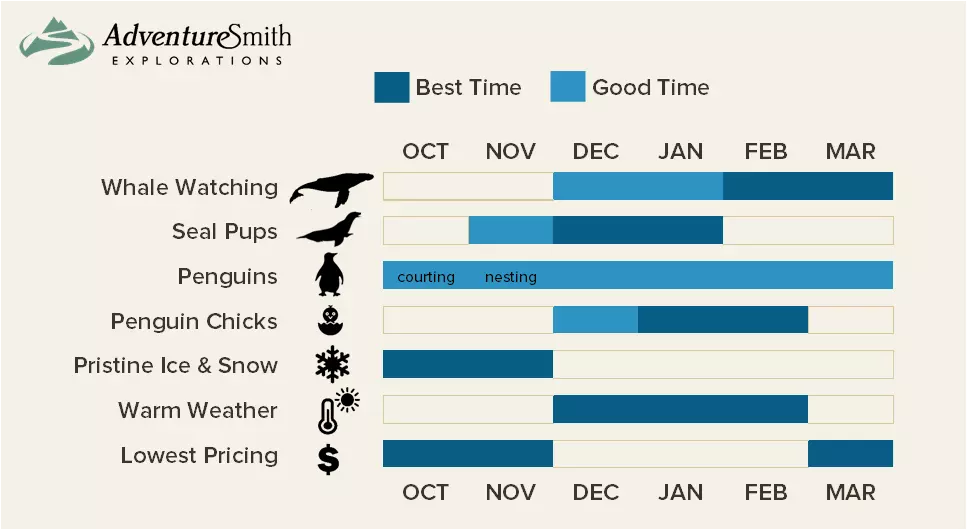
When planning your adventure in Antarctica, it’s crucial to consider the time of year. The peak tourist season runs from November to March, with each month offering a unique experience. December and January are popular months due to milder weather, longer daylight hours, and the abundance of wildlife.
However, if you are interested in witnessing hatching penguins or experiencing snow-covered landscapes, November and February can also be excellent choices.
Determining the Ideal Duration for Your Antarctic Adventure

The duration of your trip to Antarctica depends on your interests, budget, and available time. Most expeditions range from 10 to 20 days, allowing ample time to explore the continent and engage in various activities. However, if you have limited time, shorter cruises of 6 to 8 days can still offer a glimpse into this unique wilderness.
Deciding on the Type of Antarctic Experience
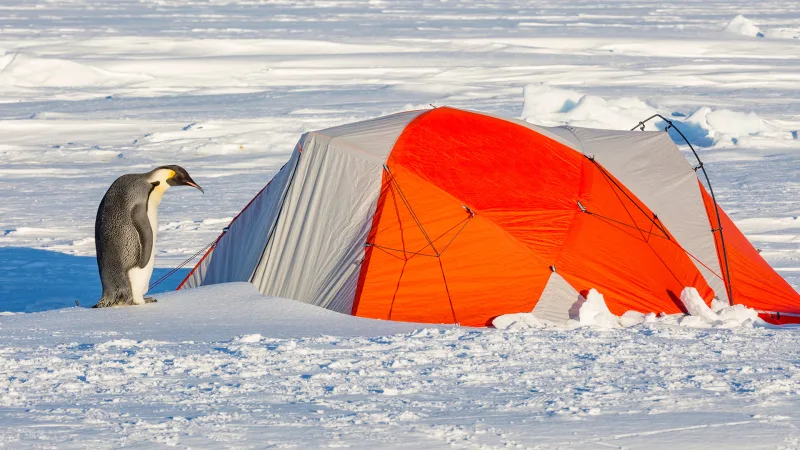
Before embarking on your Antarctic journey, it’s essential to clarify your expectations and choose the type of experience that suits you best. Whether you prefer a luxury cruise with comfortable amenities or a more adventurous expedition with active excursions like kayaking or camping, defining your travel style will help narrow down the options available.
Understanding Travel Options to Antarctica
There are several ways to reach Antarctica, depending on your starting point and preferences. The most common way is by joining a cruise departing from South America, specifically from Ushuaia in Argentina or Punta Arenas in Chile.
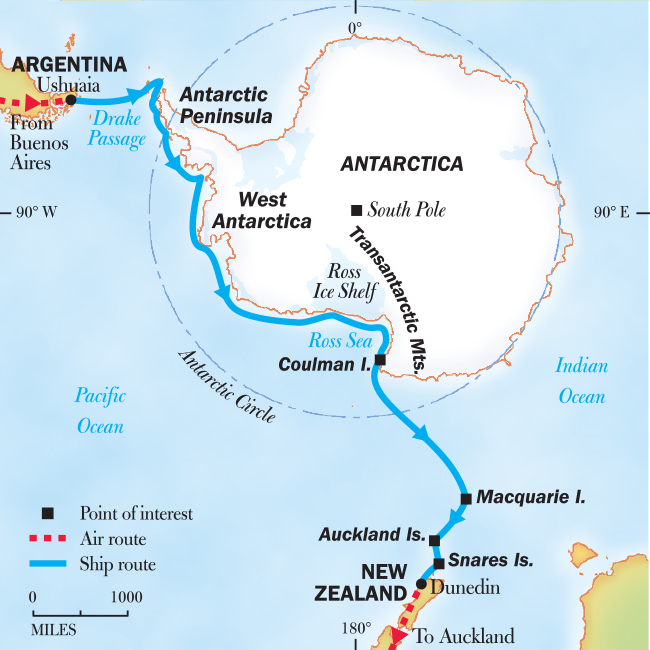
Another alternative is taking a flight to King George Island and joining a cruise there. Additionally, some expeditions offer specialized trips departing from Australia and New Zealand.
Preparing for Antarctica: Essential Checklist
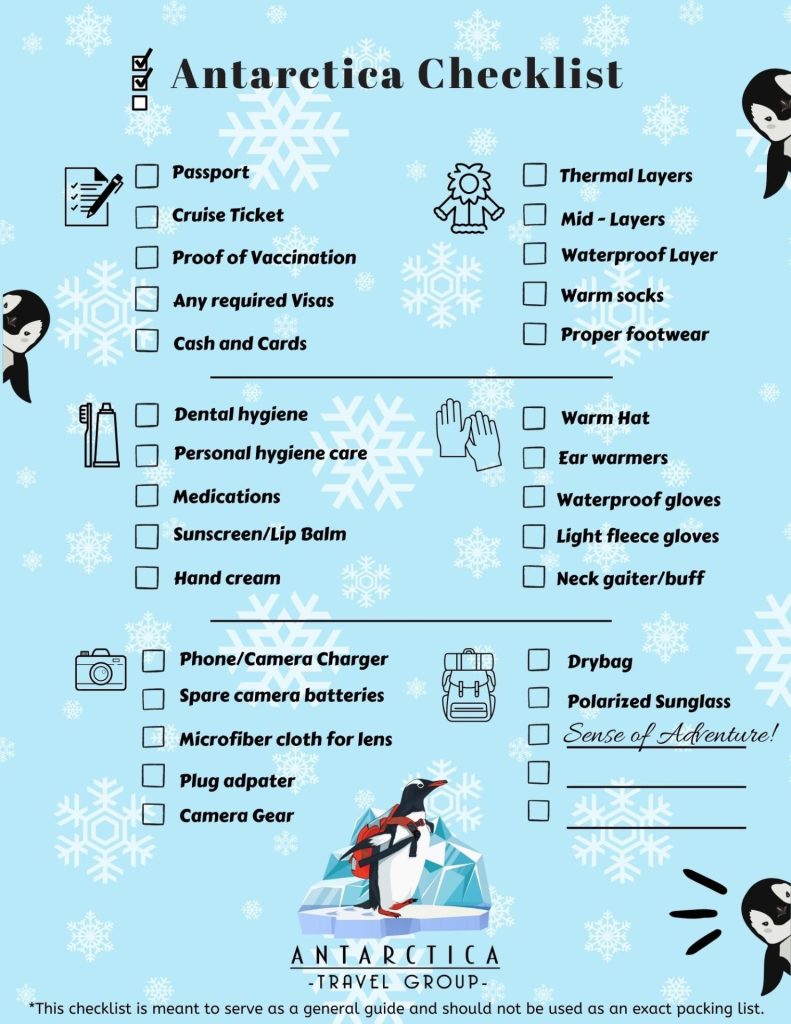
As you prepare for your Antarctic adventure, it’s crucial to have a thorough checklist to ensure a smooth and enjoyable trip. This checklist should include obtaining necessary travel documents, arranging travel insurance, and getting medical advice and vaccinations. Moreover, familiarize yourself with environmental regulations and guidelines to promote sustainable tourism while on the continent.
Packing for the Extreme: What to Bring
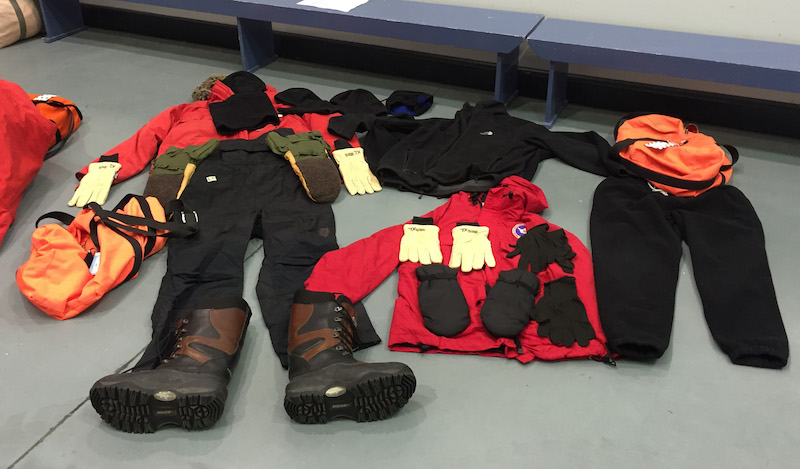
Packing for Antarctica requires careful consideration due to the challenging weather conditions. It is essential to pack thermal clothing, waterproof gear, sturdy footwear, and adequate layers to protect yourself from the extreme cold. Additionally, don’t forget to bring essential items like sunscreen, sunglasses, a good camera, and any personal medications you may require.
Navigating through the Drake Passage
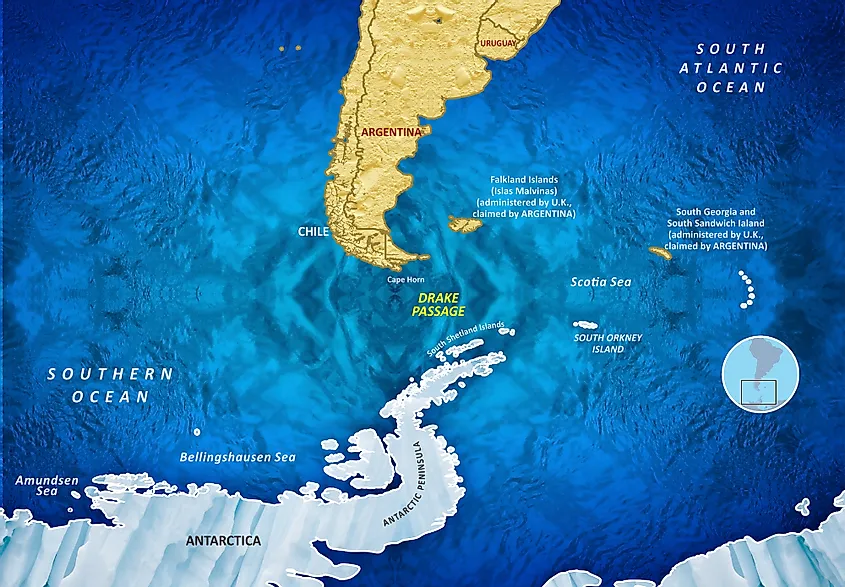
The journey to Antarctica usually involves crossing the Drake Passage, a notoriously rough stretch of water. Prepare for possible seasickness and plan accordingly by consulting with your healthcare provider and bringing motion sickness remedies.
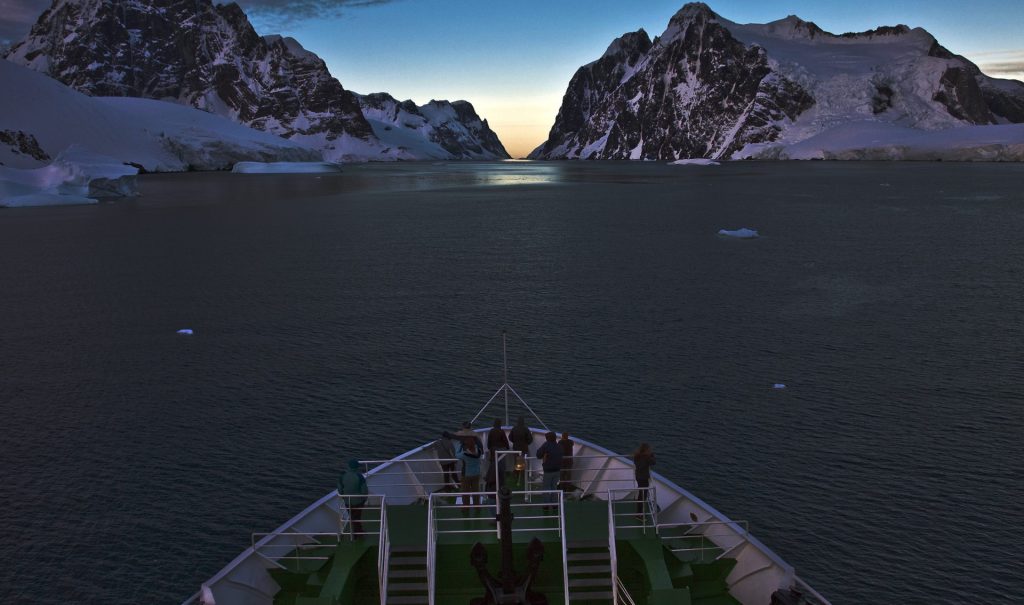
Despite the challenging journey, the anticipation and excitement of reaching the White Continent overshadow the temporary discomfort.
Exploring the Antarctic Peninsula
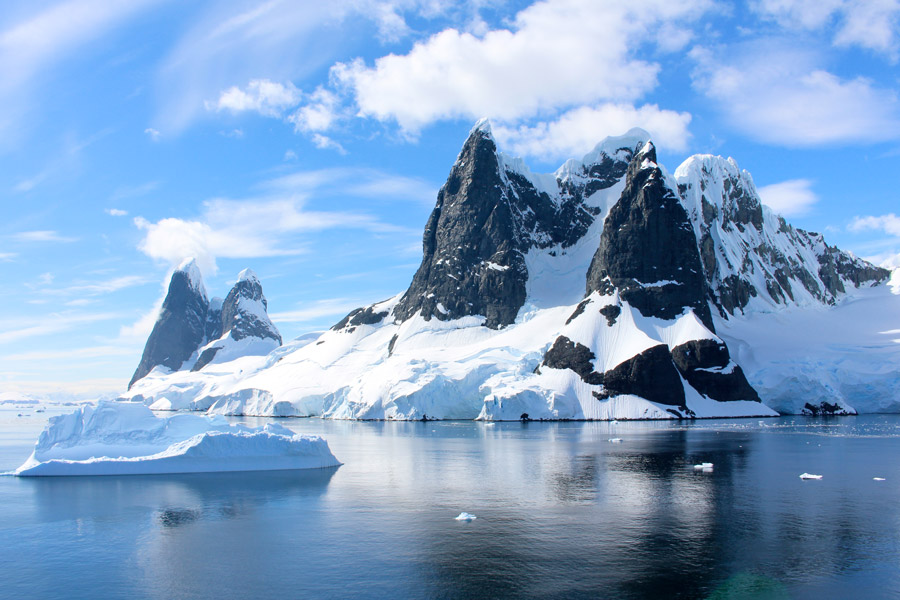
Once you reach Antarctica, the stunning landscapes of the Antarctic Peninsula await you. The peninsula offers a plethora of breathtaking sights, including towering icebergs, stunning fjords, and lofty mountain ranges. Engage in activities like hiking, Zodiac cruises, and landings on remote islands to fully immerse yourself in the grandeur of this icy paradise.
Discovering Wildlife in Antarctica
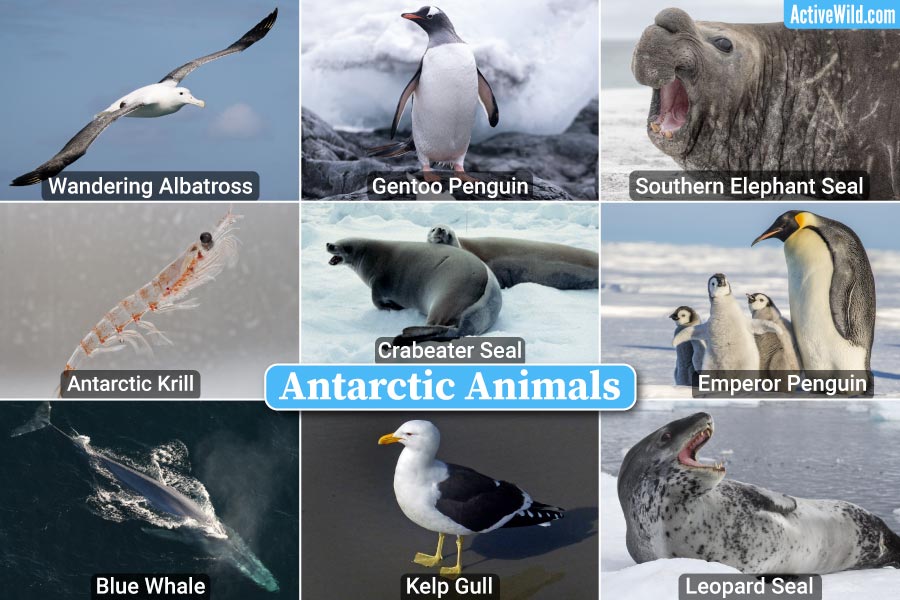
Antarctica is a haven for wildlife enthusiasts, offering abundant opportunities to observe various species in their natural habitat. From majestic whales and playful seals to charismatic penguins and soaring seabirds, the White Continent teems with life.
Ensure you keep a respectful distance and follow the guidelines to avoid disturbing these incredible creatures.
Participating in Exciting Activities on the Ice
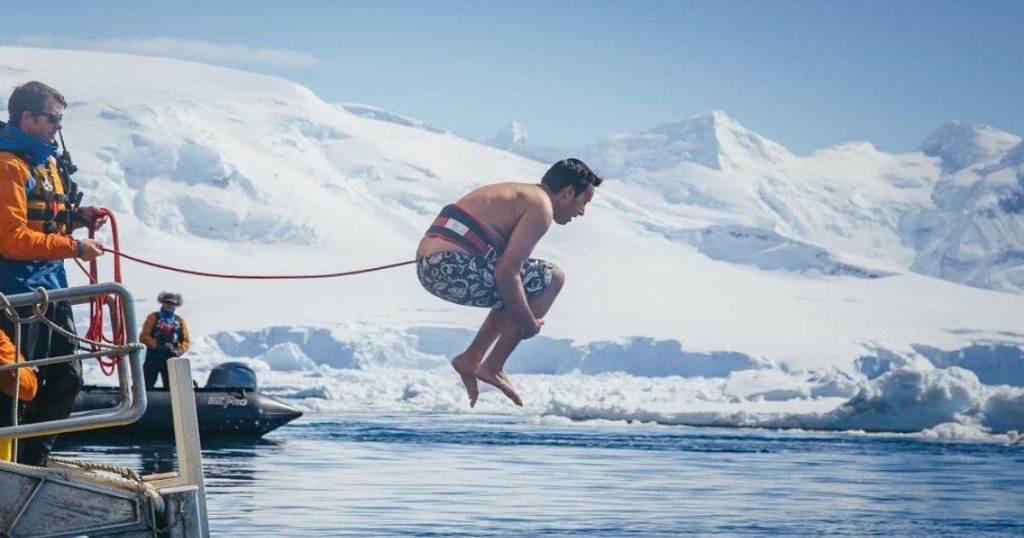
While visiting Antarctica, you can engage in a wide range of activities that allow you to experience the unique environment up close. Go kayaking among icebergs, take a polar plunge into icy waters, or even camp overnight on the frozen continent. These exhilarating adventures will provide you with unforgettable memories and a deeper connection to this pristine wilderness.
Experiencing the Midnight Sun and Polar Night
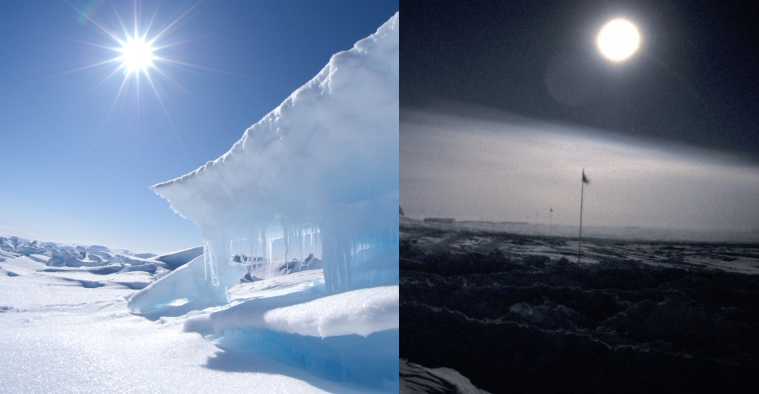
Antarctica’s extreme latitude offers extraordinary natural phenomena like the Midnight Sun during summer and the Polar Night in winter. Experience the surreal sight of a 24-hour daylight or witness the enchanting darkness illuminated by the Southern Lights. These ethereal displays of nature’s beauty are truly awe-inspiring and will leave a lasting impression.
Understanding Environmental Responsibility in Antarctica
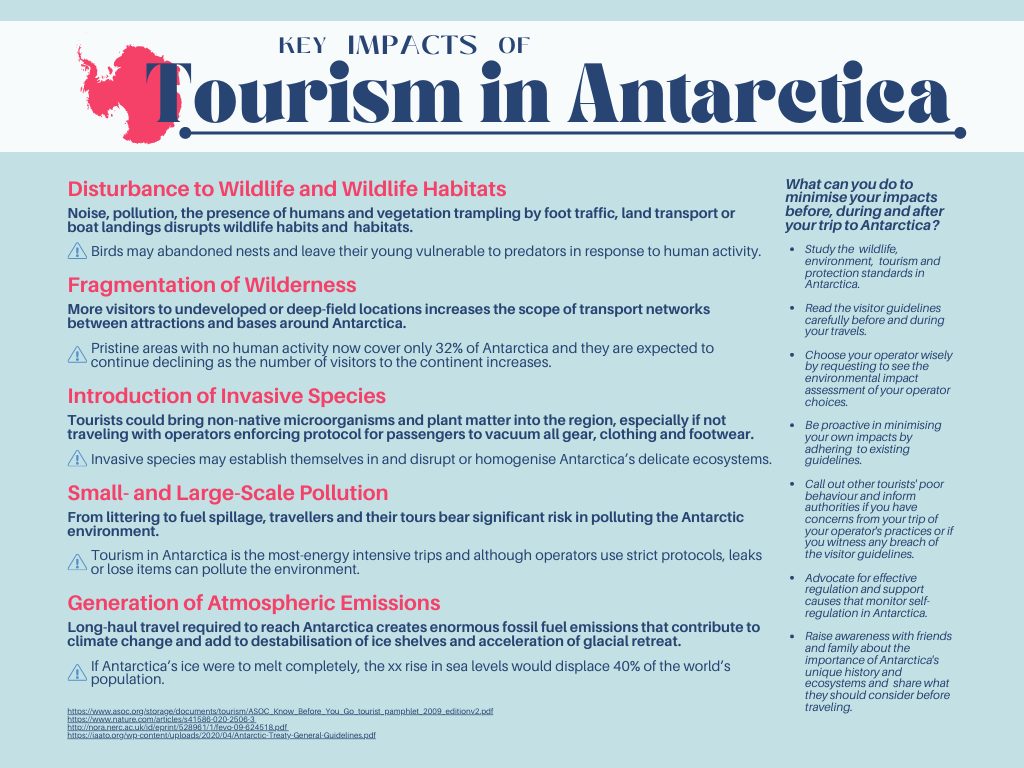
Preserving the fragile ecosystem of Antarctica is crucial to ensure its sustainability for future generations. When visiting, follow strict environmental guidelines, respect wildlife habitats, and minimize your impact on the environment. Be an ambassador for responsible tourism and contribute to the preservation of this unique and pristine part of the world.
Safety Considerations and Health Precautions
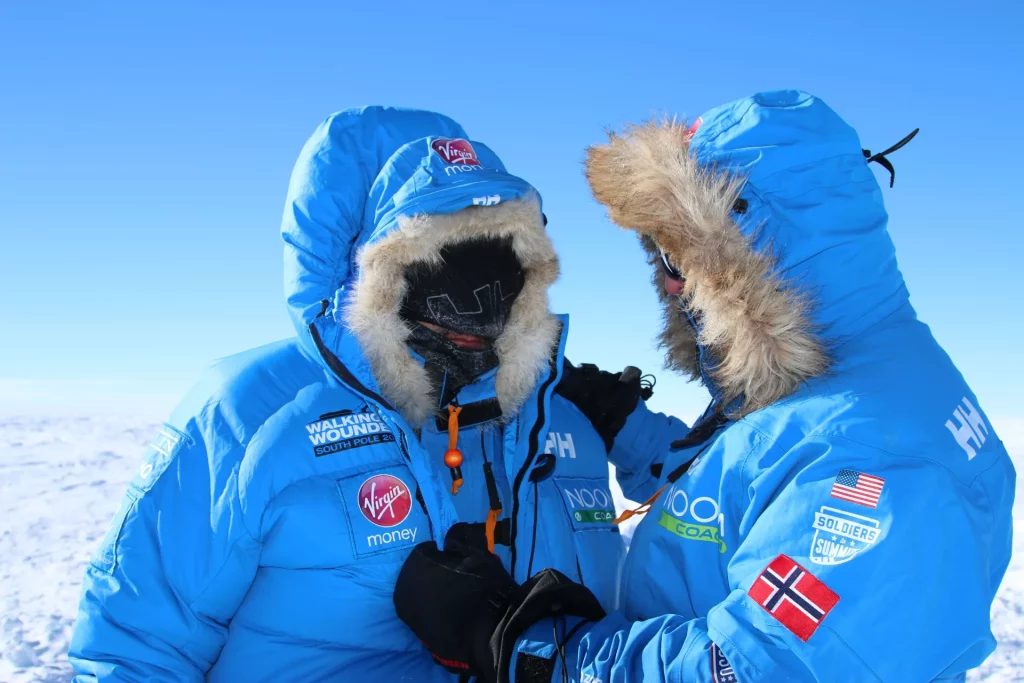
Antarctica’s remote and harsh environment poses some potential risks and challenges. It’s imperative to prioritize your safety by adhering to guidelines, being aware of the surroundings, and following the instructions of your expedition team. Additionally, obtaining comprehensive travel insurance, including emergency evacuation coverage, is essential for peace of mind.
Capturing Memories: Photography Tips
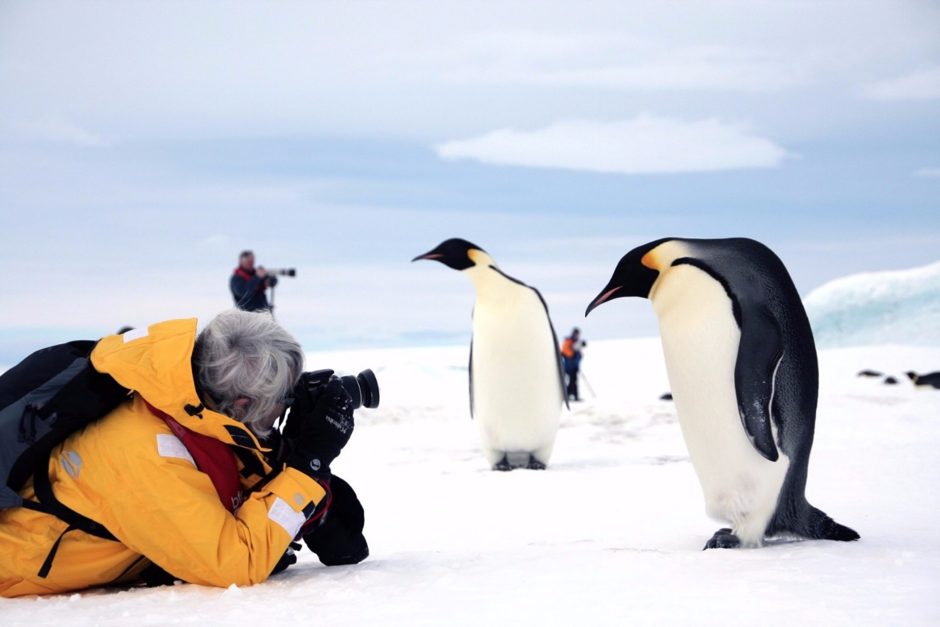
The ethereal landscapes, captivating wildlife, and surreal lighting in Antarctica provide ample opportunities for stunning photography. Prioritize wildlife behavior and natural lighting while attempting to capture the perfect shot. Be prepared with extra memory cards, batteries, and protective gear to safeguard your equipment from the extreme cold and moisture.
Returning from Antarctica: Post-Trip Reflections and Souvenirs
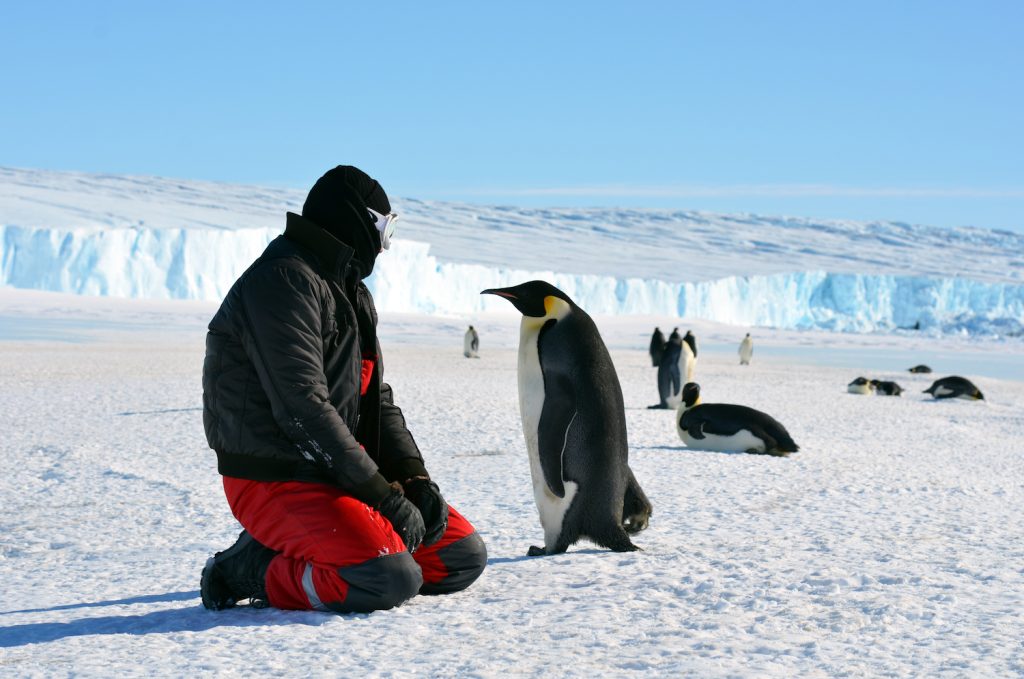
As you bid farewell, take a moment to reflect on the incredible experiences and memories gained during your journey. Consider sharing your experiences with others and becoming an advocate for the preservation of this unique environment. Lastly, choose sustainable and ethically sourced souvenirs as a meaningful reminder of your adventure on the ice.
Conclusion
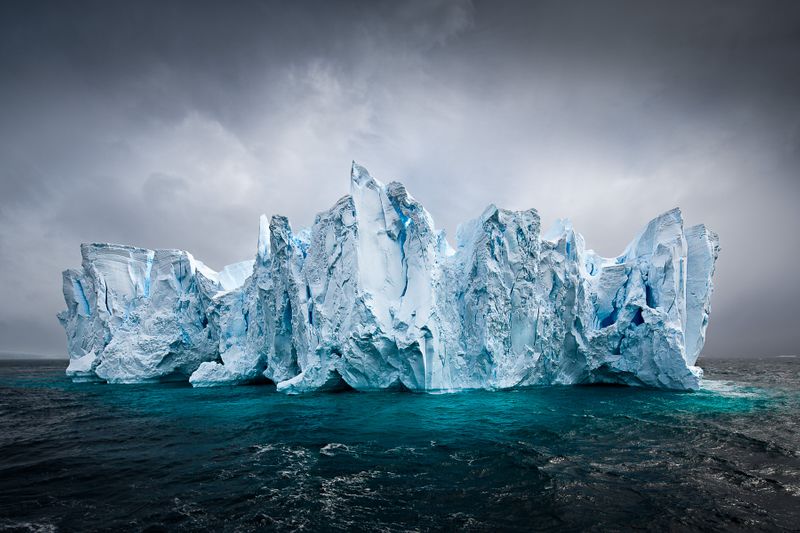
Visiting Antarctica is a life-changing experience that promises unparalleled natural beauty, awe-inspiring wildlife encounters, and a profound appreciation for Earth’s pristine corners. By choosing the right time to visit, preparing appropriately, and understanding the responsibilities associated with traveling, you can embark on an unforgettable adventure that will stay with you forever.
Remember, the White Continent is a fragile ecosystem deserving of our utmost respect and protection.
Frequently Asked Questions
Q1: Is it possible to visit as an independent traveler?
A: Visiting Antarctica as an independent traveler is challenging and not recommended. Most visitors opt for organized tours or cruises, ensuring safety, comfort, and compliance with environmental guidelines.
Q2: How much does a trip cost?
A: The cost of a trip to Antarctica varies depending on factors such as duration, travel style, and chosen activities. Generally, an expedition cruise can range from $5,000 to $20,000 per person.
Q3: Can I see polar bears?
A: No, polar bears are not found in the Arctic. They inhabit the Arctic region, primarily Greenland, Canada, and various Arctic islands.
Q4: What wildlife can I expect to see?
A: Antarctica is home to a diverse range of wildlife, including penguins, seals, whales, seabirds, and various marine species. The most iconic species to see are the Emperor Penguin, Weddell Seal, and Humpback Whale.
Q5: What is the best way to minimize my impact on the environment?
A: Minimizing your impact in Antarctica involves following guidelines, maintaining a safe distance from wildlife, not leaving any waste behind, and adhering to strict environmental regulations. Respect for the delicate ecosystem is paramount.